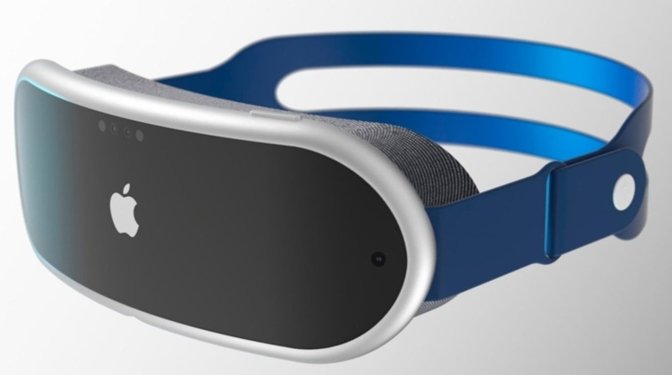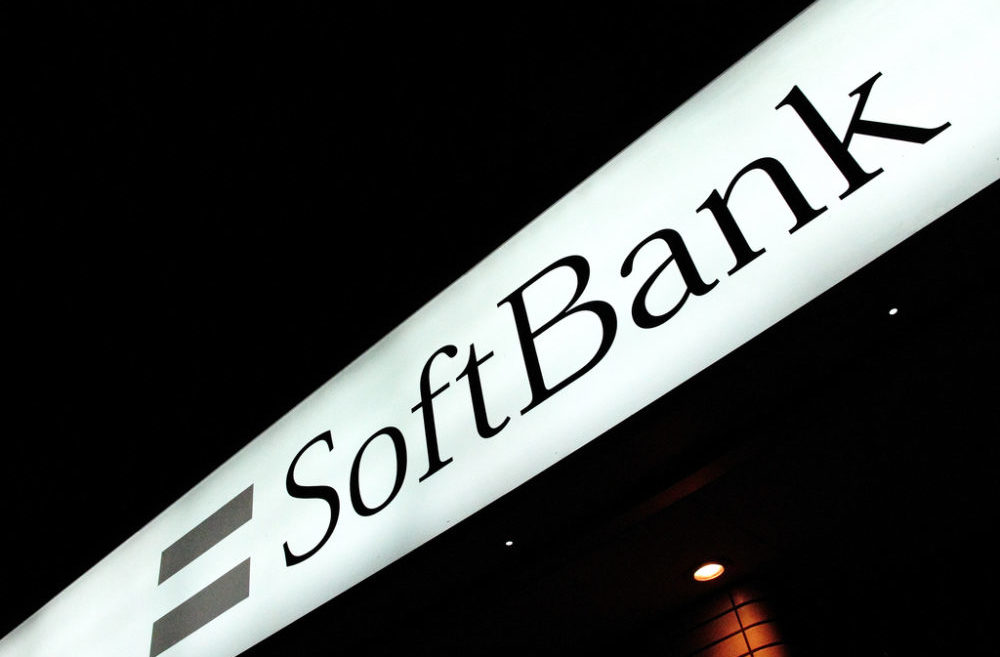It seems AR is finally gaining traction inside Apple’s engineering cordon. After the LiDAR scanner on the iPhone 12, Apple is expected to roll out its first-generation AR/VR headset sometime in 2022.
While Apple has not confirmed this, prolific Apple analyst Ming-Chi Kuo said that the first generation of the AR/VR headset is to come next year – the Apple headset will go into production in the second quarter of 2022 and be ready for launch by the fourth quarter of the same year.
And if one is not enough, Apple may be working on a second one. Kuo claimed that the company is already working on the second-generation AR headset, which is set to roll out in 2024 and sport a lighter design, a redesigned battery system, and a faster processor when compared to the first generation.
“Apple has begun planning for the second-generation AR/MR headset, and the shipment schedule will likely be in 2H24. Improvements for the second generation include the lighter weight, form factor design, battery system, and processor compared to the first model, which will go to mass production in late 4Q22,” Kuo wrote.
AR and VR have a wide range of applications – they can be used for more than just gaming – it can be used to aid in training surgeons, add to the experience of a property tour in the real estate industry by rendering 3D real estate models, therapy, and in various other fields. AR and VR are set to be the cornerstone of the “metaverse,” which was first brought to prominence by Mark Zuckerberg – in fact, Facebook rebranded itself to highlight its focus on the Metaverse.
Kuo expects Apple to sell between 2.5 million and 3.5 million of the first-generation headset and up to 10 million when it comes to the second generation.
Coming back to the first generation of the AR/VR headset, Kuo believes it to sport high-resolution displays and two 4K OLED microdisplays from Sony and at least 6-8 optical modules to simultaneously provide continuous video see-through AR services, along with eye-tracking, Wi-Fi 6E,15 optical modules, and other features. It could weigh around 300-400 grams and that it will be able to “seamlessly switch between AR and VR to provide an innovative headset experience.”
In fact, it would be independent of iPhone or Mac and could come with two processors – while one would have “the same level of computing power as M1,” the other would be a lower-end one to handle the input from various sensors. Currently, the M1 chip is Apple’s first custom silicon system on a chip for use in its Mac computer lineup and powers the 13-inch MacBook Air and MacBook Pro.
If the processor of the second generation is even faster than that of the first generation, it would be a gamechanger. Should AR decide to stick around and integrate itself further into Apple products, the iPhone – which generates most of Apple’s revenue – could find itself out of a job in 10 years.
The Tech Portal is published by Blue Box Media Private Limited. Our investors have no influence over our reporting. Read our full Ownership and Funding Disclosure →






